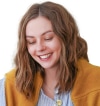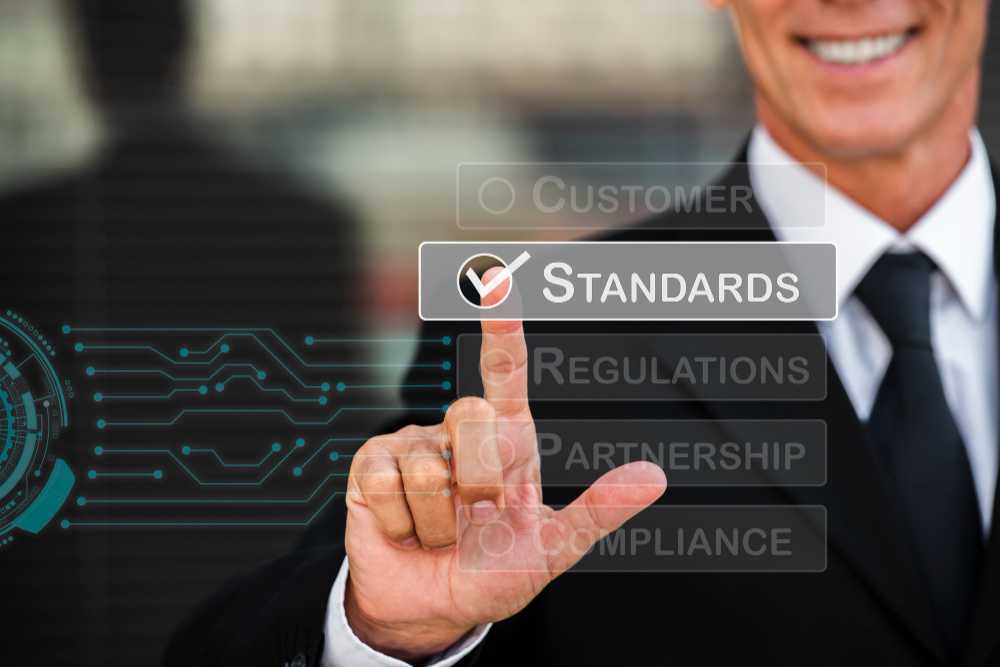
As a business owner, you know that compliance is essential. But with so many different regulations to keep track of, it can be tough to know where to start.
That's where compliance checklists come in. They provide the support and resources you need to meet your legal obligations so you can avoid costly penalties and focus on running your business. But what exactly is a compliance checklist, and why is it important for your company?
In this article, we'll answer all your questions and provide you with everything you need about compliance checklists. Plus, we'll show you how to use EdrawMax to create one.
In this article
Part 1: What Is a Compliance Checklist?
A compliance checklist is a tool organizations use to assess and verify their adherence to government regulations, industry standards, or internal policies. It is a list of items that must be completed or reviewed to ensure compliance. You can use a compliance checklist for various purposes, such as:
- Conducting internal audits
- Preparing for external audits
- Onboarding new employees
- Training employees on compliance requirements
- Identifying and correcting compliance gaps
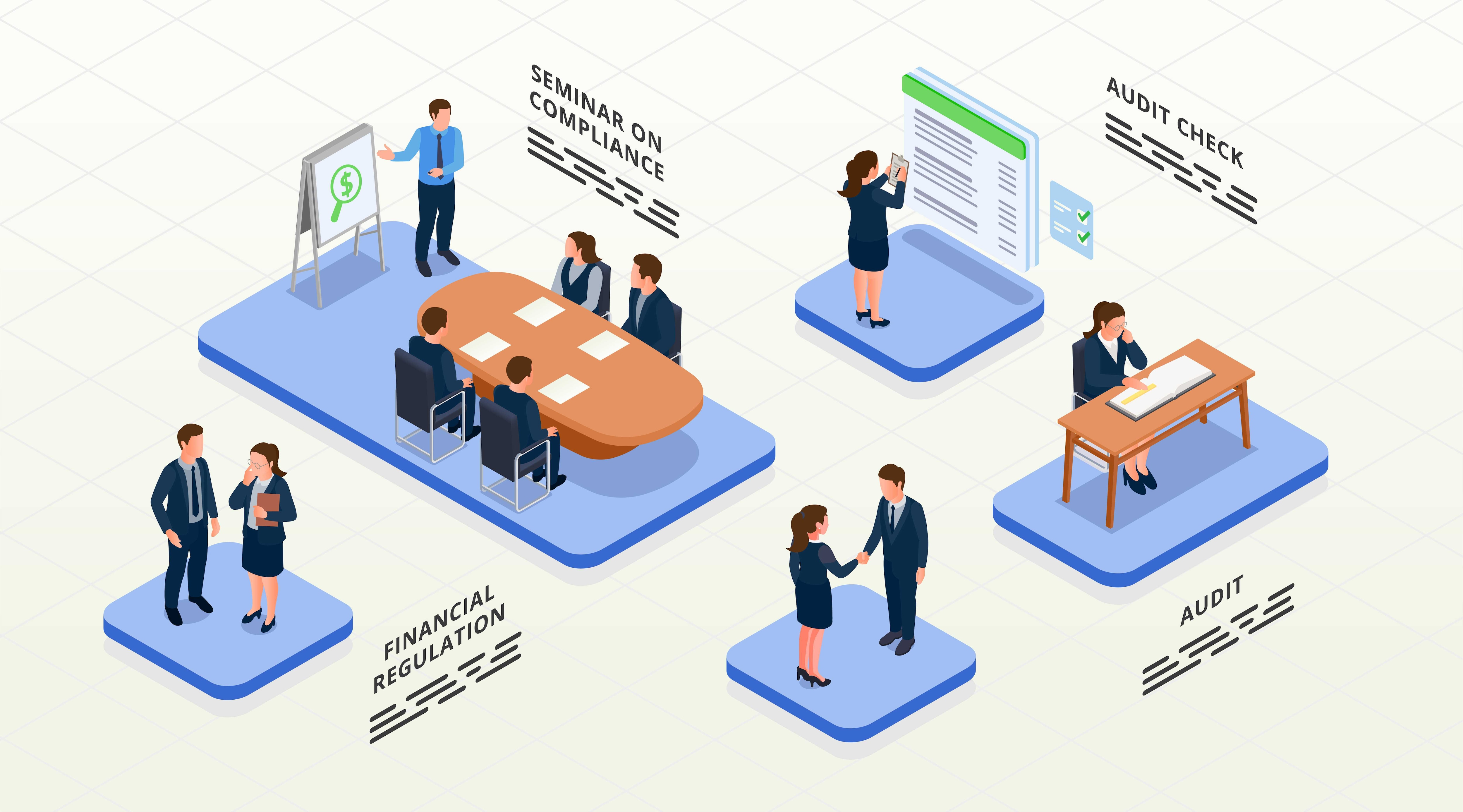
Compliance checklists cover various topics, from human resources to environmental protection and data privacy. There are also checklists for specific industries, such as healthcare and technology.
Compliance Checklists Examples
Here are a few examples of compliance checklists that organizations may use:
Human Resources (HR) Compliance Checklist
An HR compliance checklist covers employment laws, anti-discrimination laws, and safety regulations.
Statutory Compliance Checklist
A statutory compliance checklist covers all the laws and regulations a business must follow, regardless of industry. It can include tax laws, the Commercial Establishments Act, and more.
Home Health Agency Compliance Checklist
This compliance checklist ensures home health agencies comply with patient care, safety, and billing laws.
Section 508 Compliance Checklist
These compliance checklists contain the rules websites and other digital content must meet to be accessible to people with disabilities.
AODA Compliance Checklist
AODA compliance checklists help ensure that organizations comply with the Accessibility for Ontarians with Disabilities Act. Resources, products, and facilities must be accessible to people with disabilities.
Part 2: The Importance of a Compliance Checklist
Compliance checklists can protect businesses and organizations from costly fines, penalties, and lawsuits. They can also assist companies in maintaining a good reputation and customer trust. Here are some of the key benefits of using compliance checklists:
Risk Mitigation
A compliance checklist is your armor against costly legal battles and reputation tarnishing. They help to catch potential compliance problems before they cause damage.
Protect Their Reputation
A company's reputation is one of its most valuable assets. Compliance checklists can help companies protect their reputation. It fosters trust and credibility among stakeholders, including clients, partners, and investors.

Attract and Retain Top Talent
Compliance can help companies attract and retain top talent. Employees are more likely to want to work for companies committed to ethical and sustainable business practices.
Improved Accountability
A compliance checklist creates a clear structure for accountability within your organization. It outlines responsibilities, thus reducing the likelihood of errors and oversights.
Maintain a Competitive Advantage
Compliance checklists help companies level the playing field. They ensure that everyone is following the same rules.
To Protect Employees, Customers, and the Public
Laws, regulations, and industry standards protect employees, customers, and the public from harm. Compliance checklists can help organizations ensure that they operate safely and responsibly.
Part 3: Creating a Comprehensive Compliance Checklist
Compliance checklists are essential for any business that wants to stay on top of its regulatory obligations. However, creating them can be time-consuming and frustrating.
Here, you'll see how to create a compliance checklist in minutes with Wondershare EdrawMax. It has an intuitive interface where you can drag and drop the elements on its infinite canvas.
Step 1: To begin using EdrawMax, please download and install the software on your computer.
Step 2: Launch the app and go to New > Project Management > Project Management. Then, select Checklist and click Create New.
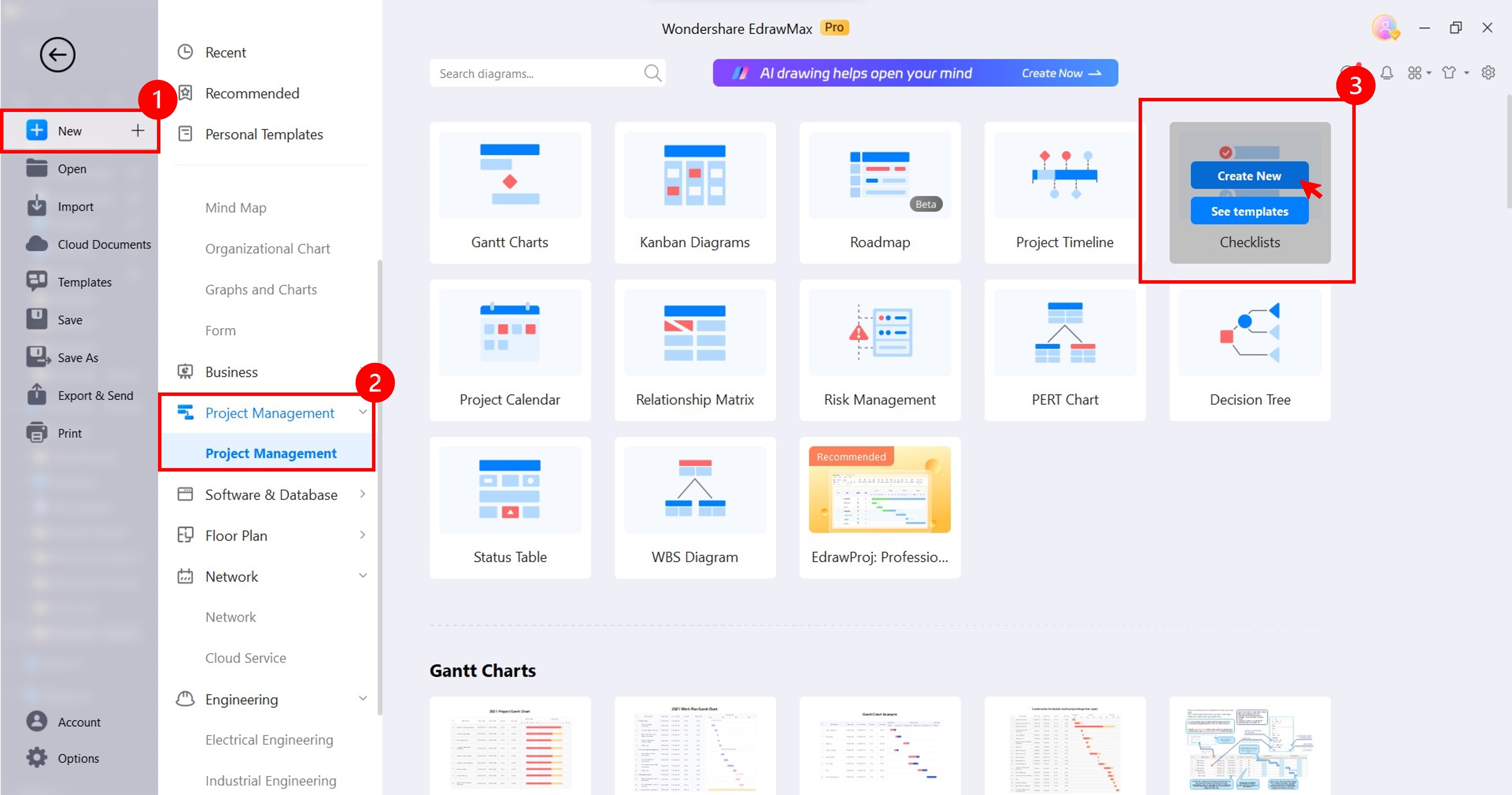
Alternatively, click See Templates, scroll down, and select a pre-designed template from the Checklist section.
Step 3: Find a checklist shape in the More Symbols library in the right panel to add to your document, then drag and drop it to the canvas.
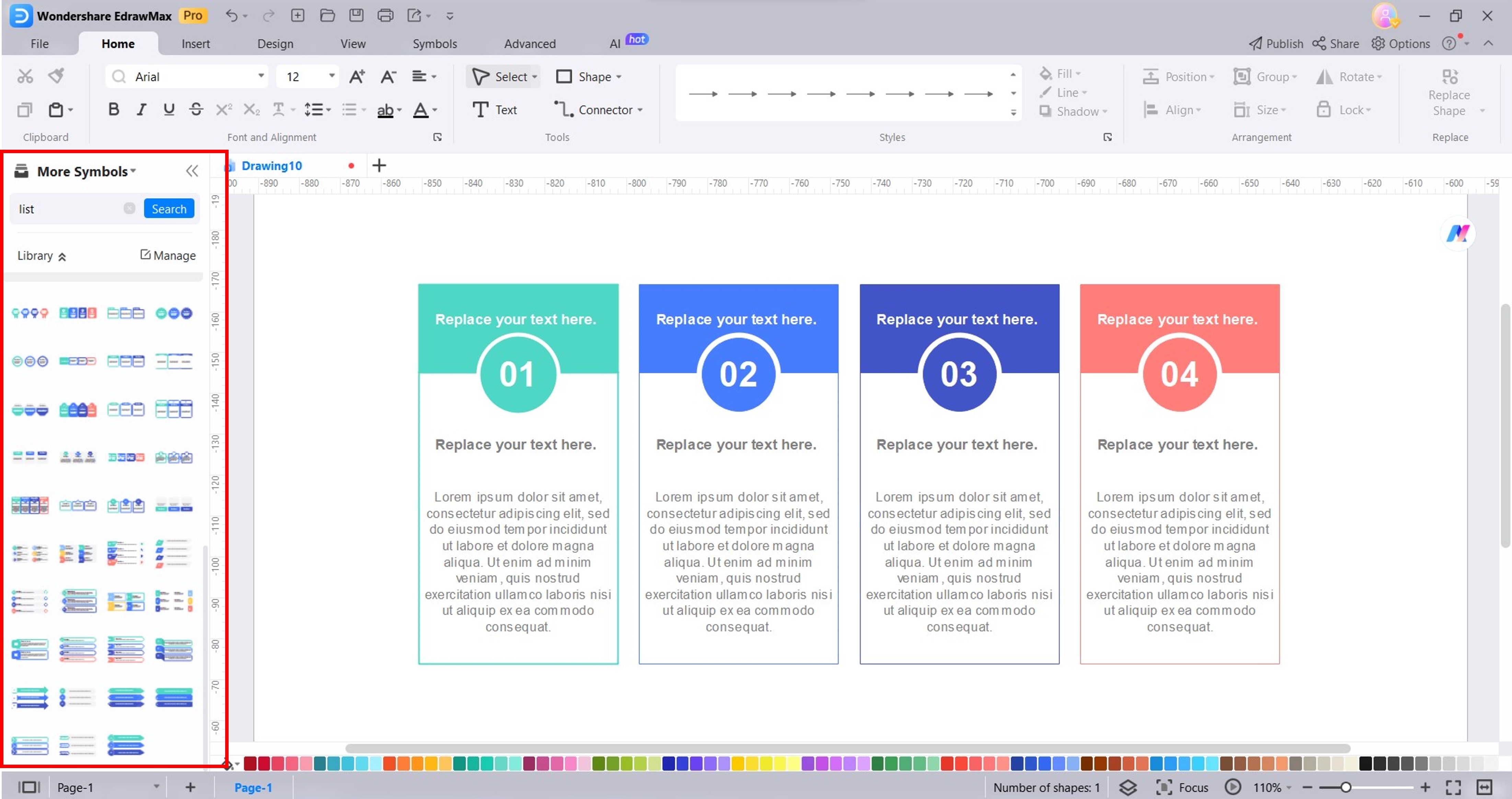
Step 4: Make the template your own by adding your branding and content.
- Once you have selected the list shape, use the Number input stepper in the floating toolbar to adjust the number of columns.

- Add a checkbox shape from the More Symbols library to the canvas.
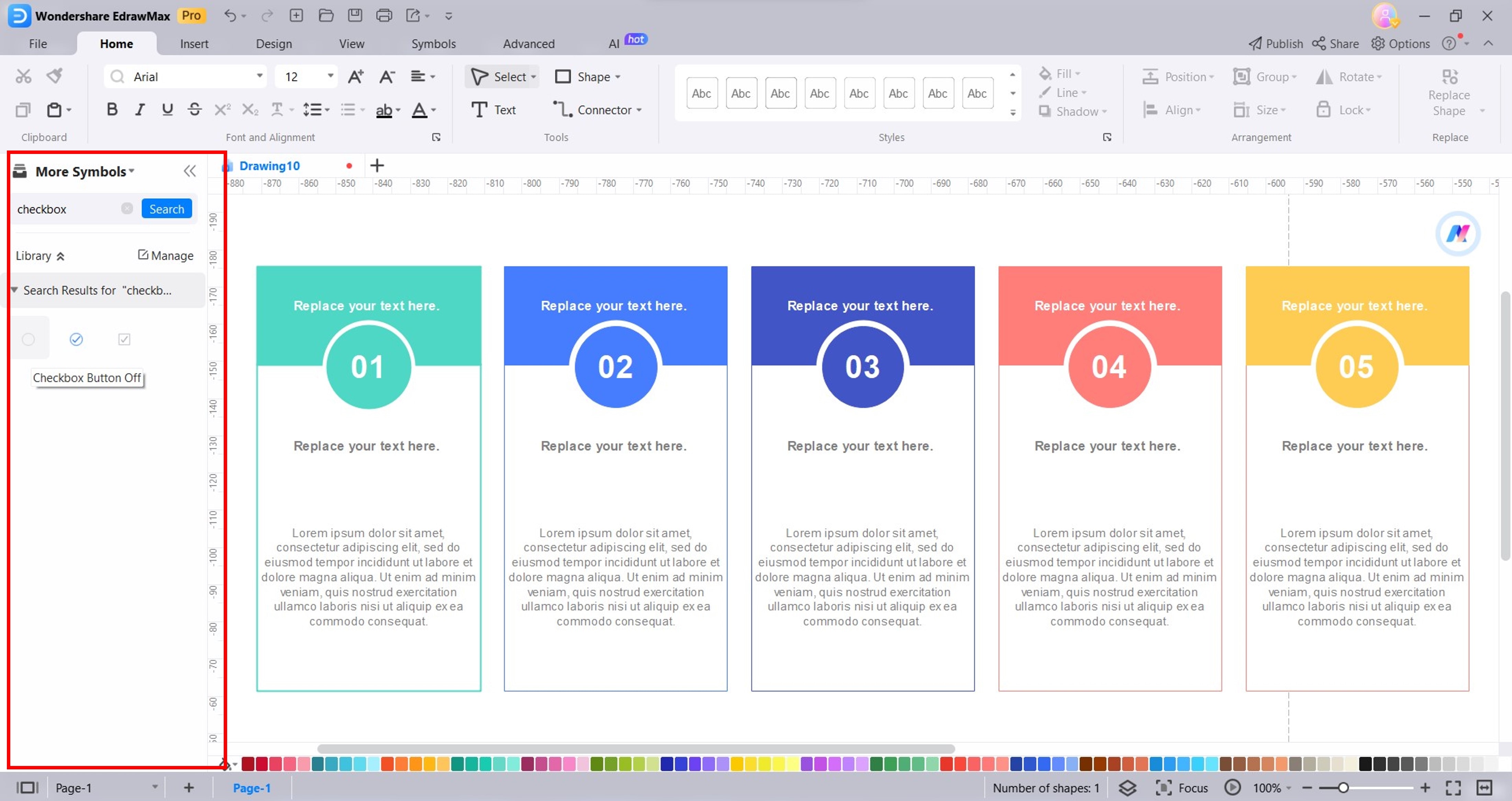
- Go to Design > One Click Beautify > Beautify to change the theme color in an instant.
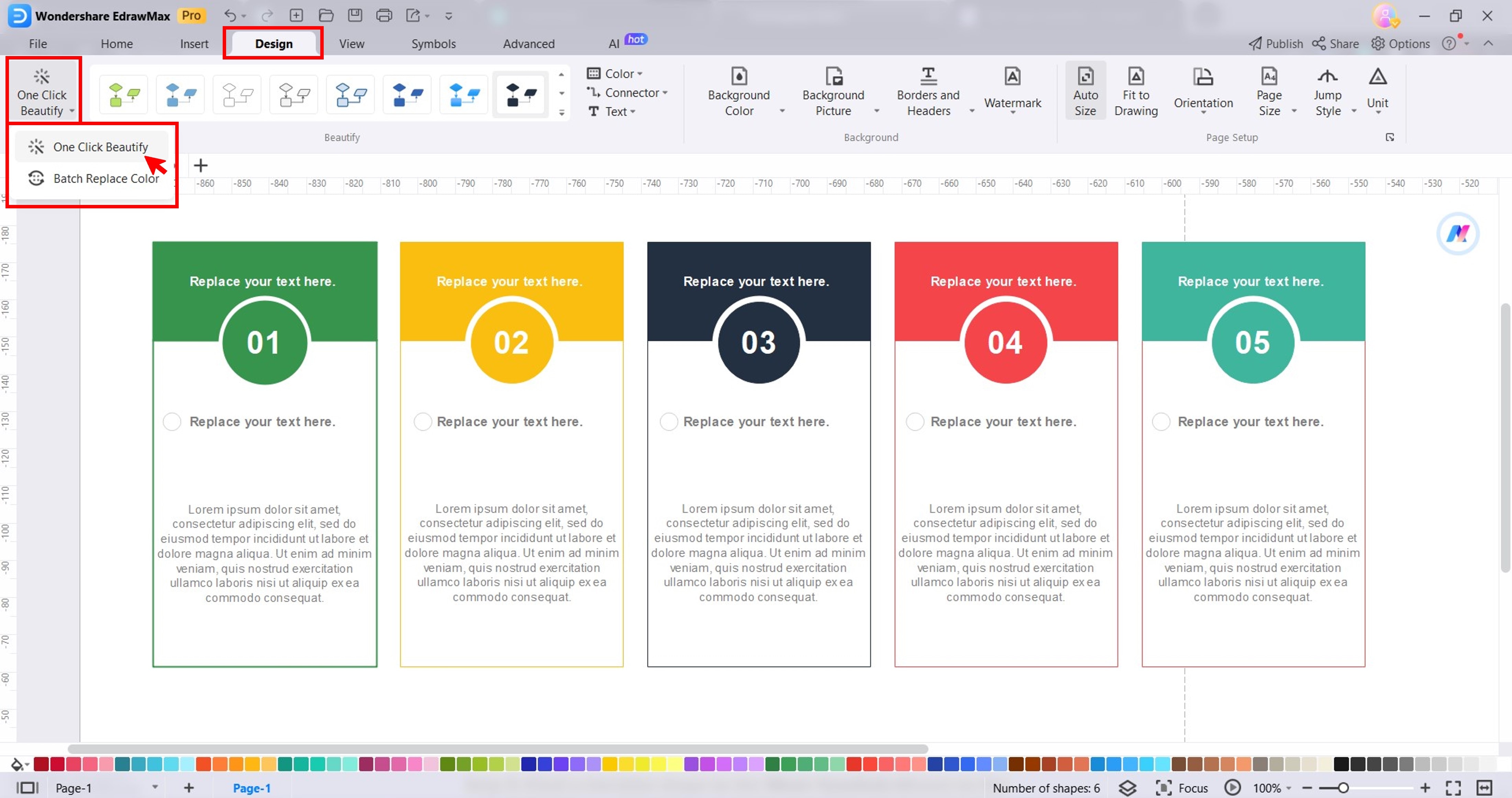
Step 5: Go to File > Export & Send and select the desired file format to export your compliance checklist. You can easily export it to PDF, Word, or other formats for sharing with your team or clients.
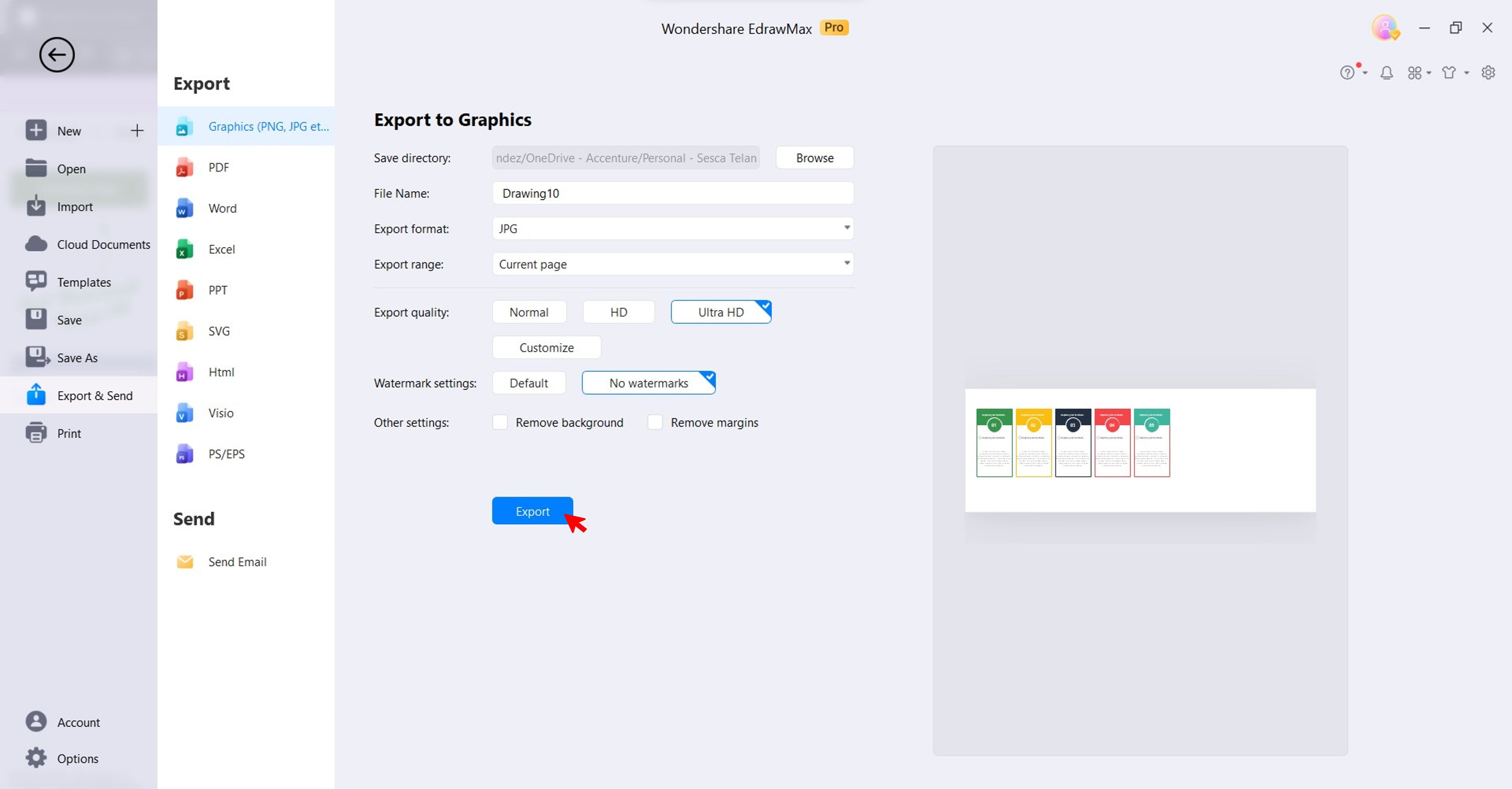
Part 4: The Benefits of a Compliance Checklist
Compliance checklists help companies in all industries avoid pitfalls and succeed. Here are some of its benefits:
Healthcare
Compliance checklists can support hospitals in improving efficiency and reducing patient wait times. It means patients can get the care they need sooner.
Retail
Compliance checklists can help retail companies ensure their products are safe for consumers. It can aid in reducing the risk of product recalls and lawsuits.
Manufacturing
Compliance checklists can help manufacturing organizations get ahead of the competition. Consumers care more and more about safety and environmental protection. So, it's a good idea for manufacturing organizations to show they're committed to both.
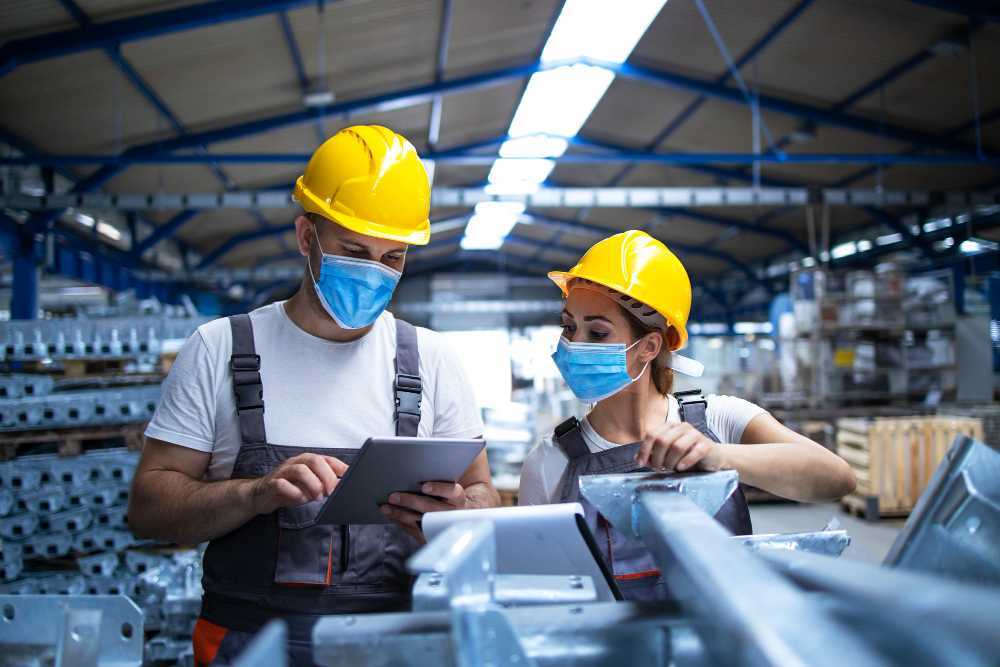
Human Resources (HR)
It helps ensure that all job postings and hiring materials are fair. Also, a compliance checklist provides employees with essential training.
Technology
Compliance checklists help organizations protect their customers' privacy and security. An example is encrypting user data and implementing authentication procedures. They also help ensure that their products and services are accessible to everyone. Another example is by providing alt text for images and transcripts for audio and video content.
Part 5: Common Elements of a Compliance Checklist
Ever wondered what goes into a compliance checklist? Well, you're in the right place. A well-designed compliance checklist will include items that address all the main areas of compliance risk, such as:
Policies and Procedures
One of the most vital elements of a compliance checklist is a set of written policies and procedures. Update these policies and procedures to reflect any changes in the law.
Internal Policies and Procedures
You may also need to develop internal policies and procedures to address compliance risks. For example, if you handle sensitive customer data, have a data privacy policy in place.
Monitoring and Auditing
It is also crucial to check and audit compliance on an ongoing basis. There are various methods to do this, such as internal audits, self-assessments, and third-party audits.
Responsible Parties
Who's in charge of each task? Your compliance officer is the person responsible for overseeing your compliance program. They should be knowledgeable about all applicable laws and regulations.
Risk Assessment
Take some time to identify and test your compliance risks. It will help you focus your efforts on areas with a major risk of non-compliance.
Documentation
Don't forget the paperwork! Keep records and documentation to prove that you've followed the rules. It includes training materials, audit reports, and any other relevant documentation.
Accountability
Create a process to hold individuals and the company accountable for compliance failures. This system should include discipline for people who break the rules and ways to fix compliance failures.
Training and Education
Ensure your employees are aware of your compliance requirements. It can be through training programs, employee handbooks, and other communications.

Conclusion
You might have been using Microsoft Word to create compliance checklists because it is easy to use and familiar to everyone. And the checkboxes have made it easy for companies to identify areas that need extra attention.
As the digital landscape evolves, it's time to level up your compliance checklist game with EdrawMax. Easily create visually appealing checklists with images, shapes, and other objects. EdrawMax makes it easy to share your work electronically or in print, making it the modern solution for modern challenges.
Frequently Asked Questions (FAQ)
- What Happens if My Business Fails To Comply With Regulations?
You could get into trouble if your business doesn't follow the rules. You could be fined, sued, or even shut down. You could also lose your reputation and customers. It's vital to know the rules and ensure your business follows them.
- Is Compliance Checklist Creation a One-Time Task?
Creating a compliance checklist is not a one-time task; it's an ongoing and dynamic process. Regulatory requirements, industry standards, and internal policies can change over time. So, compliance checklists need to be regularly updated to stay current and effective.
- How Can Compliance Benefit My Business Beyond Legal Requirements?
Aside from avoiding legal penalties, compliance can help businesses improve efficiency, customer satisfaction, and employee engagement. It can also help the company's attractiveness to investors and partners.

